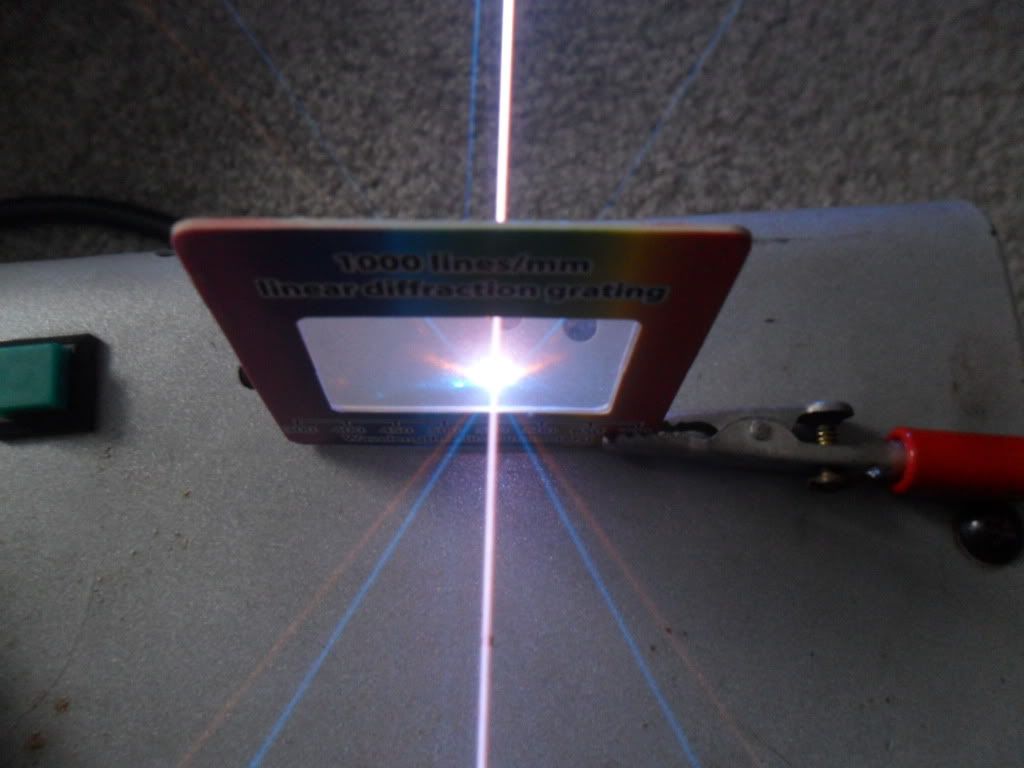FatalaS
0
- Joined
- Apr 21, 2013
- Messages
- 121
- Points
- 0
So it's possible to make black/white lasers?Maybe there are some already?

Follow along with the video below to see how to install our site as a web app on your home screen.
Note: This feature may not be available in some browsers.





a white laser doesn't exist since a laser should be coherent and in-phase
I think a 405 laser might be considered a blacklight by some.
no...no...no...no.
This is NOT the way antimatter works. When you say they can "manufacture" antimatter, it's on the scale of the VERY small amounts...like a few particles at a time. They are difficult to store, and dangerous to use. See: CERN.
Nobody can create an "anti-laser" that emits "anti-photon". The antimatter made for experiments, like those used at CERN are positrons, or anti-protons. They are simply protons that have had their charges and spins reversed (with lasers).
I hope I don't have to go on any further on how wrong all of these points are.


